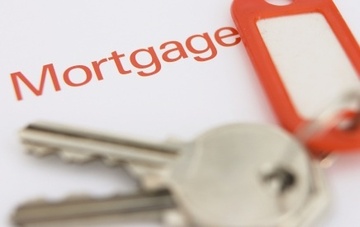Must Follow Mortgage Rules For Buyers
 Whether you are going to buy a home for the first time or, this is the fifth time that you have hunted down a property successfully, you must have the basic understandings regarding mortgage rules and how the whole system works. Keep in mind that it could be the biggest loan you have applied for in your whole life. So, going forward for a mortgage without knowing the dos and don’ts means you are taking a big risk that might burden you for the rest of your life. And if you can’t get along with mortgages, they will be a perpetual nightmarish experience for you.
Whether you are going to buy a home for the first time or, this is the fifth time that you have hunted down a property successfully, you must have the basic understandings regarding mortgage rules and how the whole system works. Keep in mind that it could be the biggest loan you have applied for in your whole life. So, going forward for a mortgage without knowing the dos and don’ts means you are taking a big risk that might burden you for the rest of your life. And if you can’t get along with mortgages, they will be a perpetual nightmarish experience for you.
What is a mortgage?
In nontechnical language, a loan to buy house is called a mortgage. The process involving securing a mortgage involves different procedures like credit rating, other debts, and income. These are the primary things that are usually considered when it comes to sanctioning a mortgage.
Sort out your fixed costs
Taking stock of your real fixed costs and habits is mandatory before you decide to spend on a mortgage. When assessing your complete household budget, you necessarily need to be honest to yourself. If you think you can’t cut on that coffee that you have to take on a daily basis, along with your care payments and student debts, add that to your tally of fixed costs, too.
Maintain PITH safety
According to a research done by Canadian Housing & Mortgage Corporation, your allotted monthly housing expenses should be under 32% of your total gross income in any given month. The major components of housing costs are: principle, interest, property tax, and heating bills. They are commonly known by the acronym: PITH. Here, the interest rate is the part of the mortgage payment.
Take a mortgage that you can afford
The PITH is only the beginning. The second phase includes your whole monthly debt burden. That is credit card debt, student loans, car payments, and any other relevant loan or debt. They must be under 40% of your total gross income count. To make the whole process easier, you can make use of the Mortgage Affordability Calculator offered on www.cmhc.ca
Paying off the mortgage
Once the mortgage is approved and you have bought your dream home, this is the part where you start paying off the mortgage. This phase involves factors such as payment schedule, amortization period, and interest rate. The amortization period usually ranges between 15 to 25 years.
Going for the just rate of interest
Your preferred rate of interest may vary from “fixed”, that is, it will not change for the term of the mortgage, and, on the one hand, could be a little higher than the usual, but stable. On the other hand when it is “variable”, it fluctuates with the changes in the market.
There is nothing comparable when you own a home of your own. The good thing is that there are plenty of helping hands ready to make the whole process easier to pursue for you. So, never feel alone during this daunting journey and feel free to seek all the support you need.